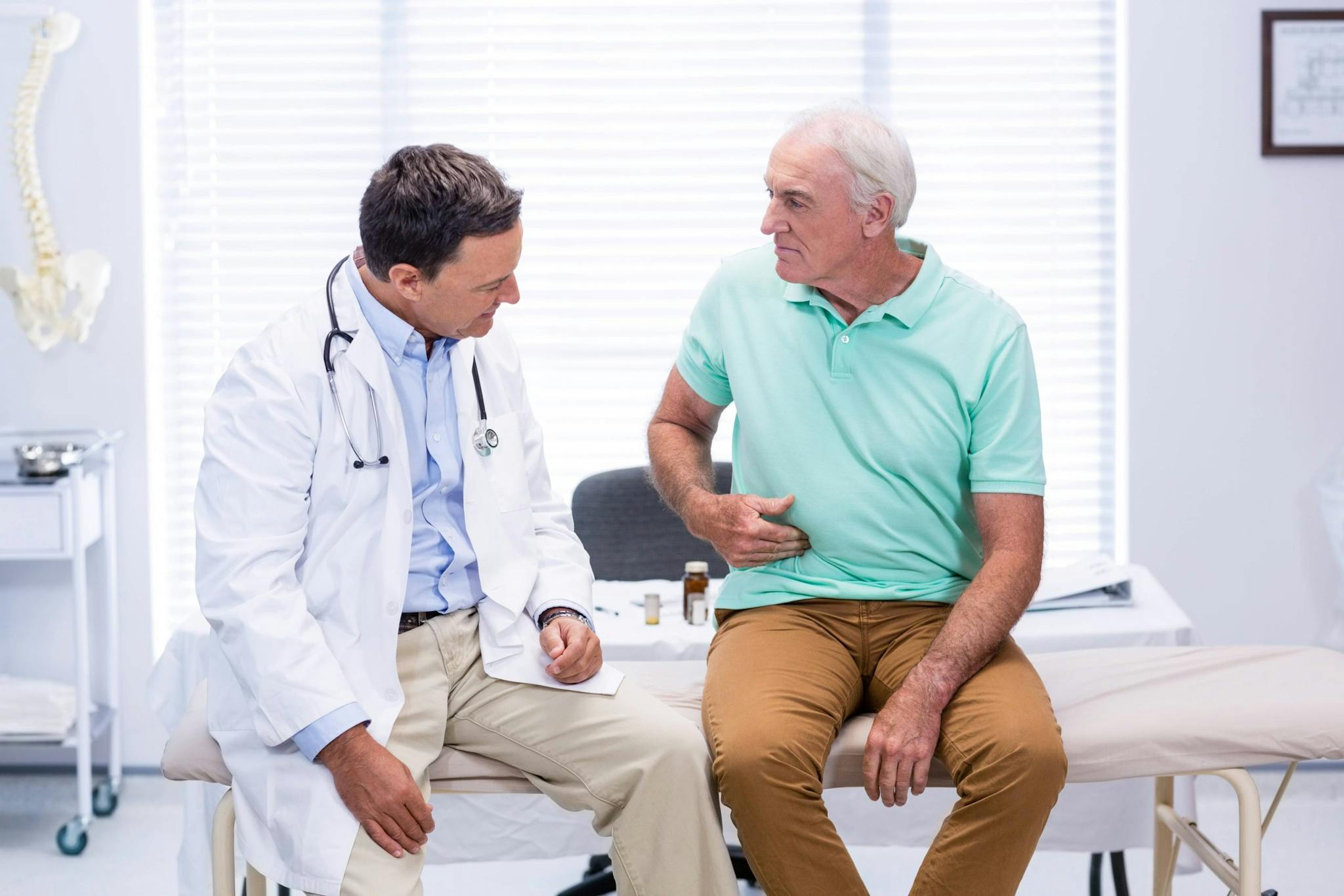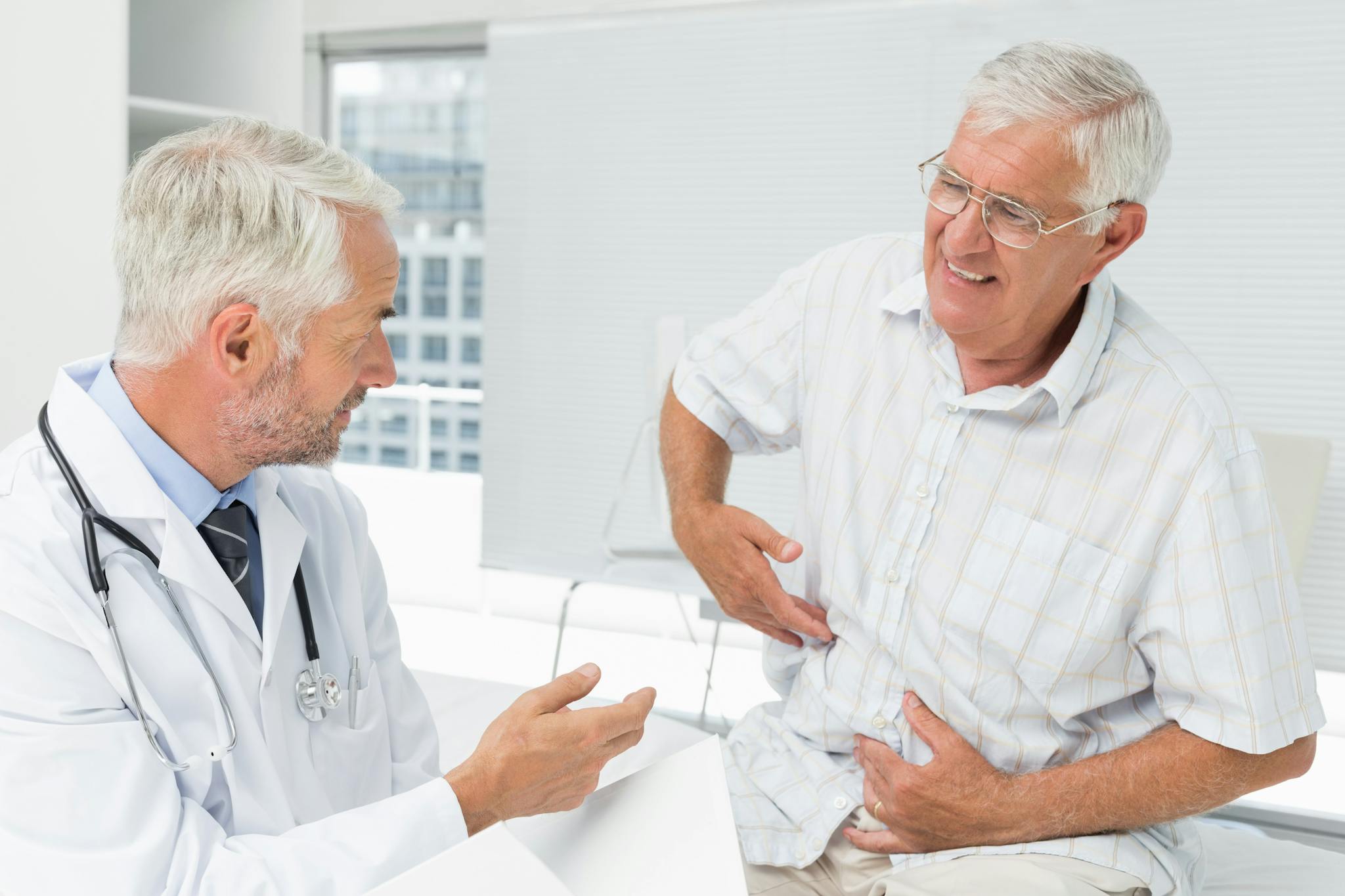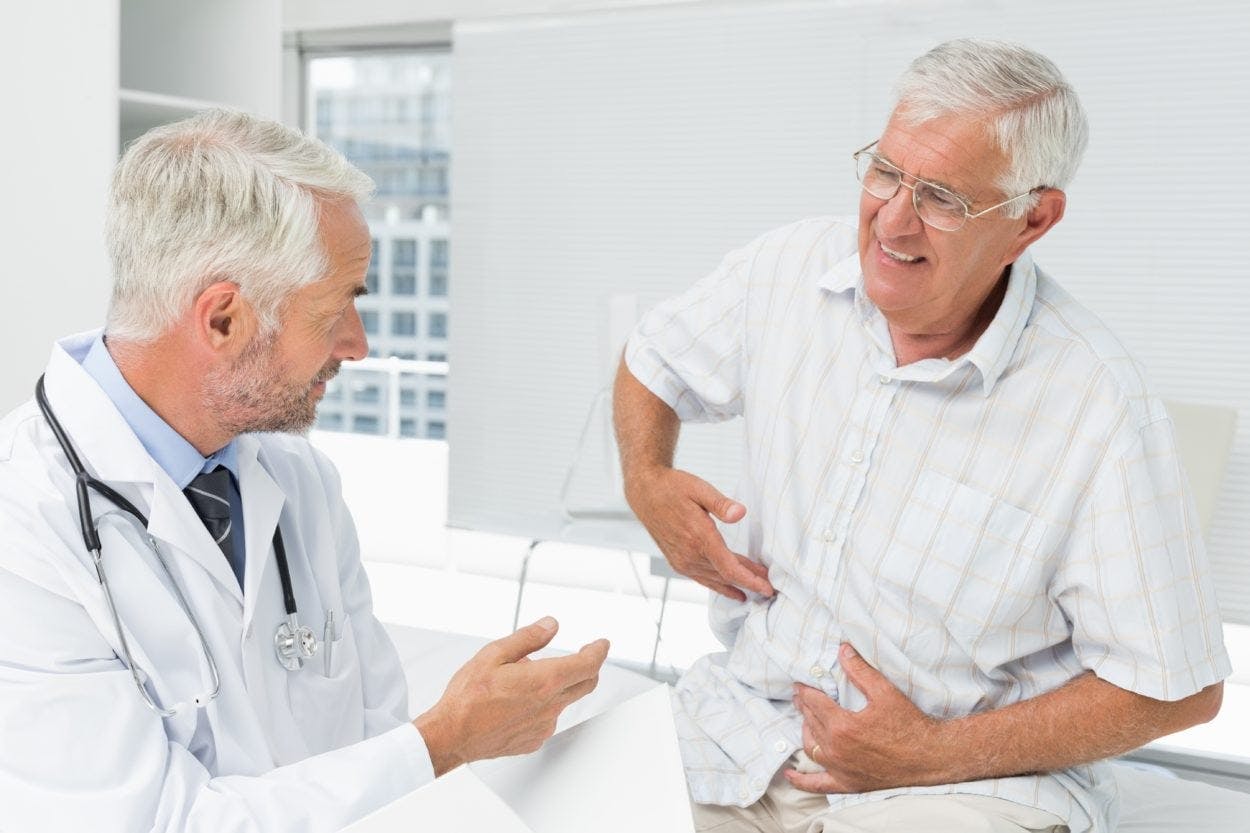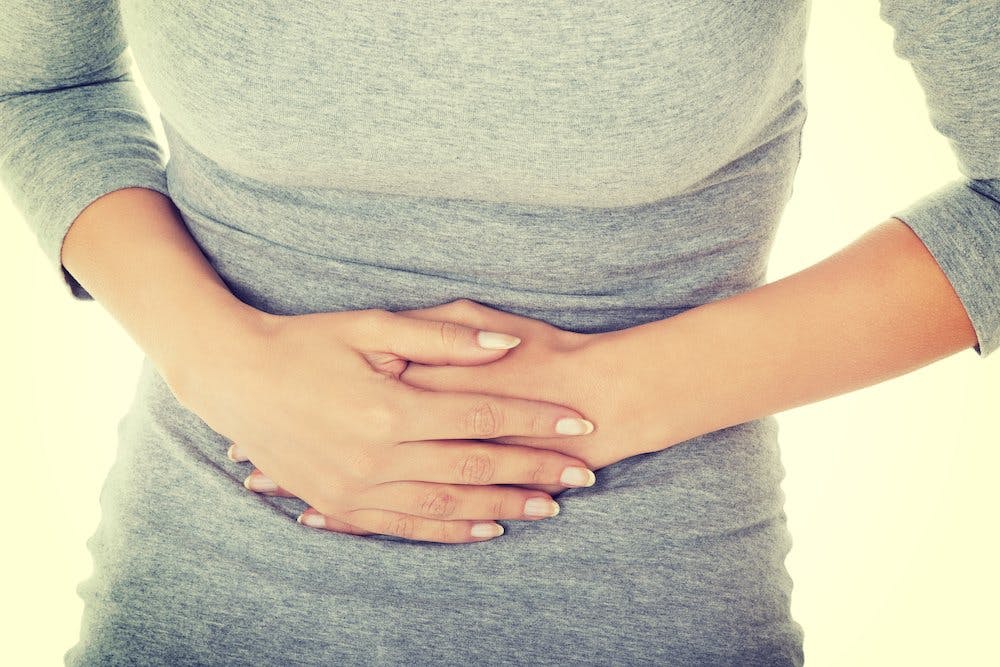
2023-03-27T14:47:45
Why you shouldn’t skip your next colon cancer screening
- Cancer Center
- Gastroenterology
August 24, 2016 | Gastroenterology
Specialties:Gastroenterology

You probably don’t give much thought to your gallbladder, the small, pear-shaped pouch beneath your liver on the right side of your abdomen. The gallbladder is part of the biliary tract, which includes the liver.
The main job of the gallbladder is to store bile, a thick, yellow-brown enzyme produced by your liver that helps you digest fats. After you eat, food enters the small intestine causing the release of a hormone called cholecystokinin. This signals the gallbladder to contract and secrete bile into the small intestine through the common bile duct. This process leaves the gallbladder “empty and flat, like a deflated balloon,” explains WebMD. Bile breaks up fats to facilitate digestion, and it drains waste products from the liver into the duodenum, a part of the small intestine.
Although it’s not entirely clear what causes gallstones to form, doctors believe that certain substances in the bile, including cholesterol, bilirubin or bile salts, can crystallize in the gallbladder, forming gallstones. In fact, 80 percent of gallstones are cholesterol gallstones. These small, hard deposits are very common in the United States, especially in women, overweight people and the elderly. A woman’s risk for gallstones is increased by birth control pills, hormone therapy and pregnancy.
Gallstones range in size from “as small as a grain of sand to as large as a golf ball,” explains Mayo Clinic. Some people develop just one, while others develop many gallstones simultaneously. 80 percent of people don’t feel any symptoms until their gallstones reach a certain size or obstruct the bile ducts.
If a gallstone lodges in a duct and causes a blockage, common signs may include:
Sudden and intensifying pain in the upper right portion of your abdomen or the center of your abdomen
Back pain between your shoulder blades
Pain in your right shoulder
Nausea
Gallstone pain can last from several minutes to a few hours. Make an appointment with your gastroenterologist if symptoms persist, and seek immediate medical attention if you experience serious complications such as:
Severe abdominal pain that prevents you from sitting or finding a comfortable position
High fever with chills
Yellowing of your skin and the whites of your eyes (jaundice)
Gallstones do not show up with regular X-rays and are usually diagnosed using an abdominal ultrasound and a computerized tomography (CT) scan. Other imaging tests may be performed using a contrast dye to see if a stone is blocking a bile duct.
Gallstones that don’t cause any symptoms usually don’t need treatment, but in the case of blockage and severe pain, surgery may be performed. Almost 90 percent of patients who seek treatment for severe gallstone symptoms undergo laparoscopic cholecystectomy surgery to remove the stones and the gallbladder since gallstones frequently recur.
Oral medications may be used to help dissolve gallstones, but this can be a very long process that often does not work. Gastroenterologists usually reserve this option for people who are not good surgical candidates.
Even though the gallbladder’s bile helps with fat digestion, you don’t need one to live. After gallbladder removal, bile flows directly from your liver into your small intestine instead of being stored in your gallbladder.
Removing the gallbladder in an otherwise healthy individual “typically causes no observable problems with health or digestion, yet there may be a small risk of diarrhea and fat malabsorption,” advises WebMD.
WRITTEN BY:
The Live Better Team

2023-03-27T14:47:45

2021-09-02T11:02:37

2018-02-28T12:25:41

2018-01-31T11:15:50
This information is not intended to replace the advice of a medical professional. You should always consult your doctor before making decisions about your health.